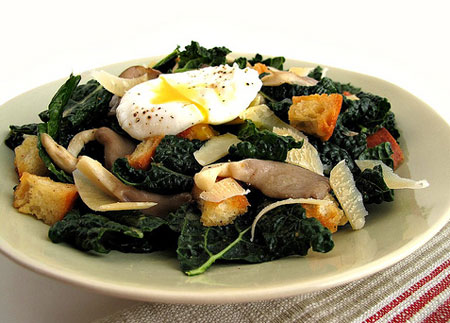 I love Orange Marmalade—the sweet jam accented by the slightly bitter bits of rind is the perfect topping for buttered toast. My brother Brad used to keep me in a good supply of his tart homemade version, but now that he’s traded his orange grove in for a pear orchard, I’ve found myself wanting, and I set out to make my own.
I love Orange Marmalade—the sweet jam accented by the slightly bitter bits of rind is the perfect topping for buttered toast. My brother Brad used to keep me in a good supply of his tart homemade version, but now that he’s traded his orange grove in for a pear orchard, I’ve found myself wanting, and I set out to make my own.
I have a Morro Blood Orange tree in my garden, and I have made blood orange marmalade before. Of course I can’t remember how. So I looked at all sorts of recipes, and gee whiz, what a pain! Some call for boiling halved oranges, then soaking, then chopping. Some call for removing the peel with a peeler, then cutting away all the pith, then slicing the denuded oranges and then finally cooking—but I was looking at roughly 6 pounds of juicy fruit. I finally found one that seemed good: juice the oranges, thinly slice the peels—that I can handle, but then it called for wrapping all the seeds and membranes in 4 layers of cheesecloth and cooking the bundle along with the juice—forget it.

 Kale is in season right now with the common curly kind leading the pack. But there's also a darker, more unique variety that hails from Italy. Tuscan kale is darker in color, more delicate in flavor, and tender to eat. It's especially great in salads and it holds up to many bold flavors. If you're craving a salad this winter, Tuscan kale should be your green of choice.
Kale is in season right now with the common curly kind leading the pack. But there's also a darker, more unique variety that hails from Italy. Tuscan kale is darker in color, more delicate in flavor, and tender to eat. It's especially great in salads and it holds up to many bold flavors. If you're craving a salad this winter, Tuscan kale should be your green of choice. Do you ever look at chestnuts at this time of year and wonder what to do with them besides add them to stuffing? When I was a kid we used to simply roast them over the fire and they were fun to eat.
Do you ever look at chestnuts at this time of year and wonder what to do with them besides add them to stuffing? When I was a kid we used to simply roast them over the fire and they were fun to eat. Happy New Year! It's hard after the holidays not to want to take a break from all the indulgence and make sweeping resolutions. My diet resolutions this year are simply to eat more soups and salads. Sure, I'd love to eat healthy, exercise more and lose weight but I'm trying to be realistic.
Happy New Year! It's hard after the holidays not to want to take a break from all the indulgence and make sweeping resolutions. My diet resolutions this year are simply to eat more soups and salads. Sure, I'd love to eat healthy, exercise more and lose weight but I'm trying to be realistic.  It always amazes me how a handful of ingredients can come together in such stunning ways. Take carrots and raw cashews. Who knew? Combining them with some chicken broth resulted in an extraordinarily different kind of soup. It is creamy and light as a cloud at the same time. Neither liquid nor broth, but more of a puree with texture.
It always amazes me how a handful of ingredients can come together in such stunning ways. Take carrots and raw cashews. Who knew? Combining them with some chicken broth resulted in an extraordinarily different kind of soup. It is creamy and light as a cloud at the same time. Neither liquid nor broth, but more of a puree with texture.